Andrea Magnani – 45th Pedaso Flat Red Onion Festival

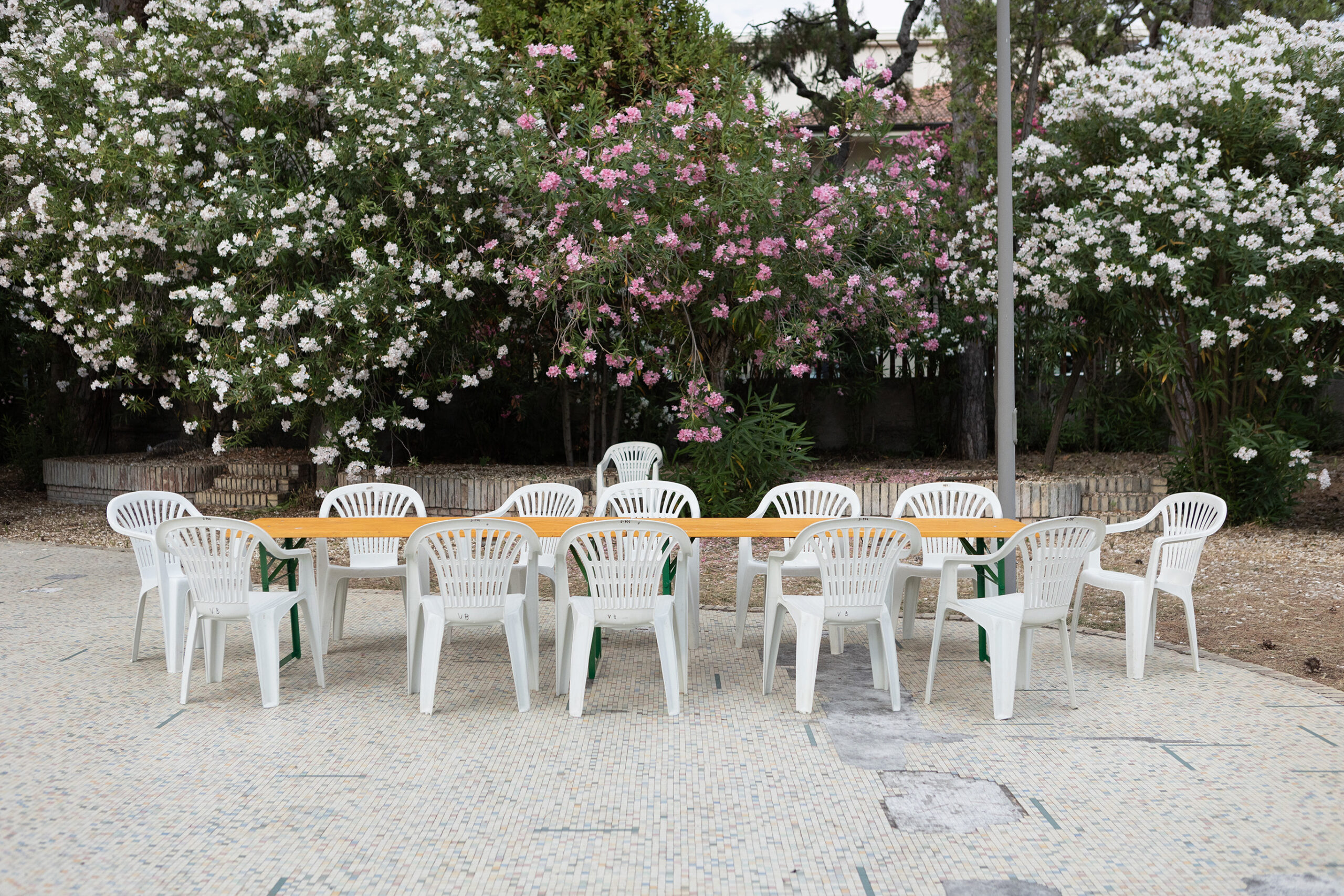


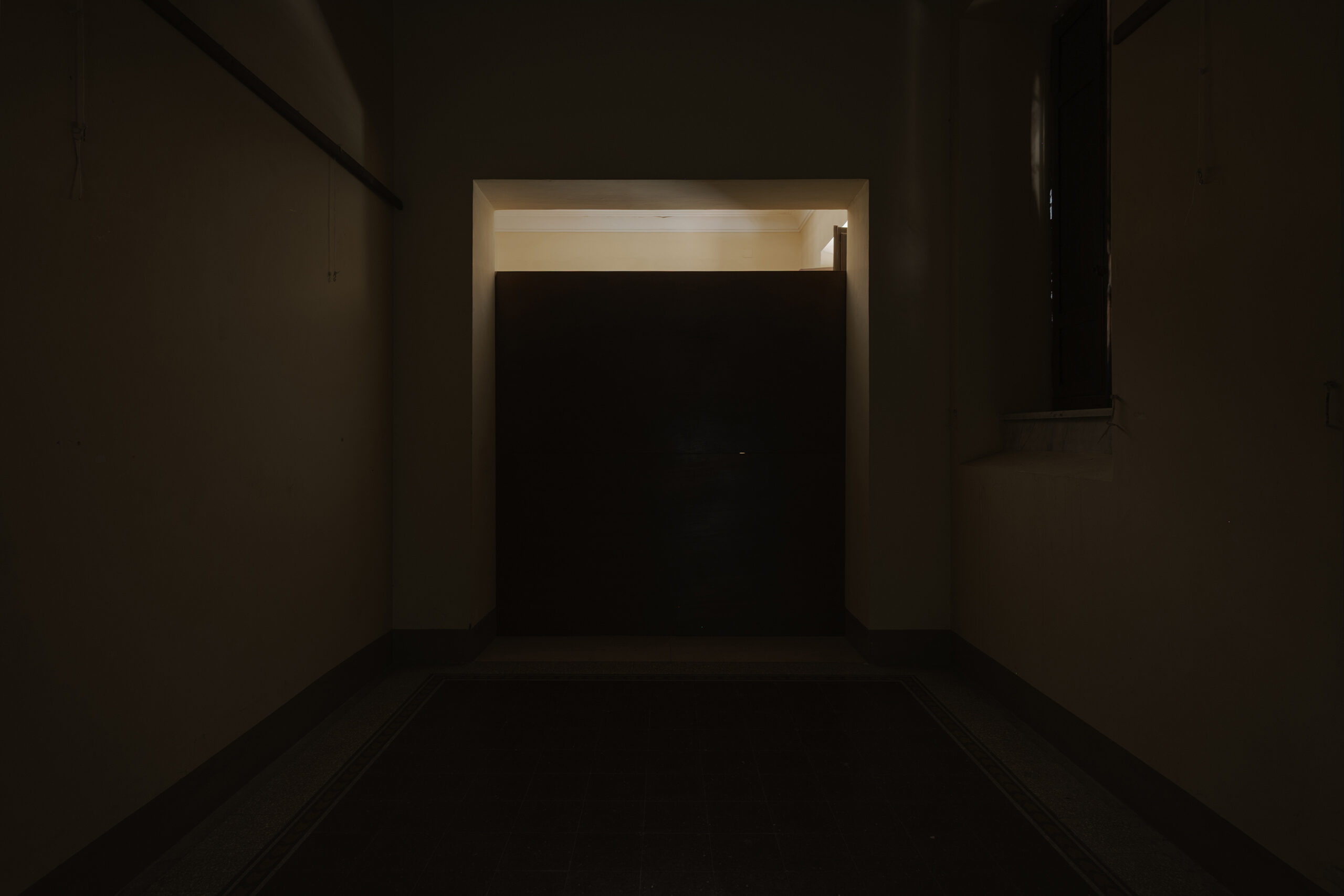
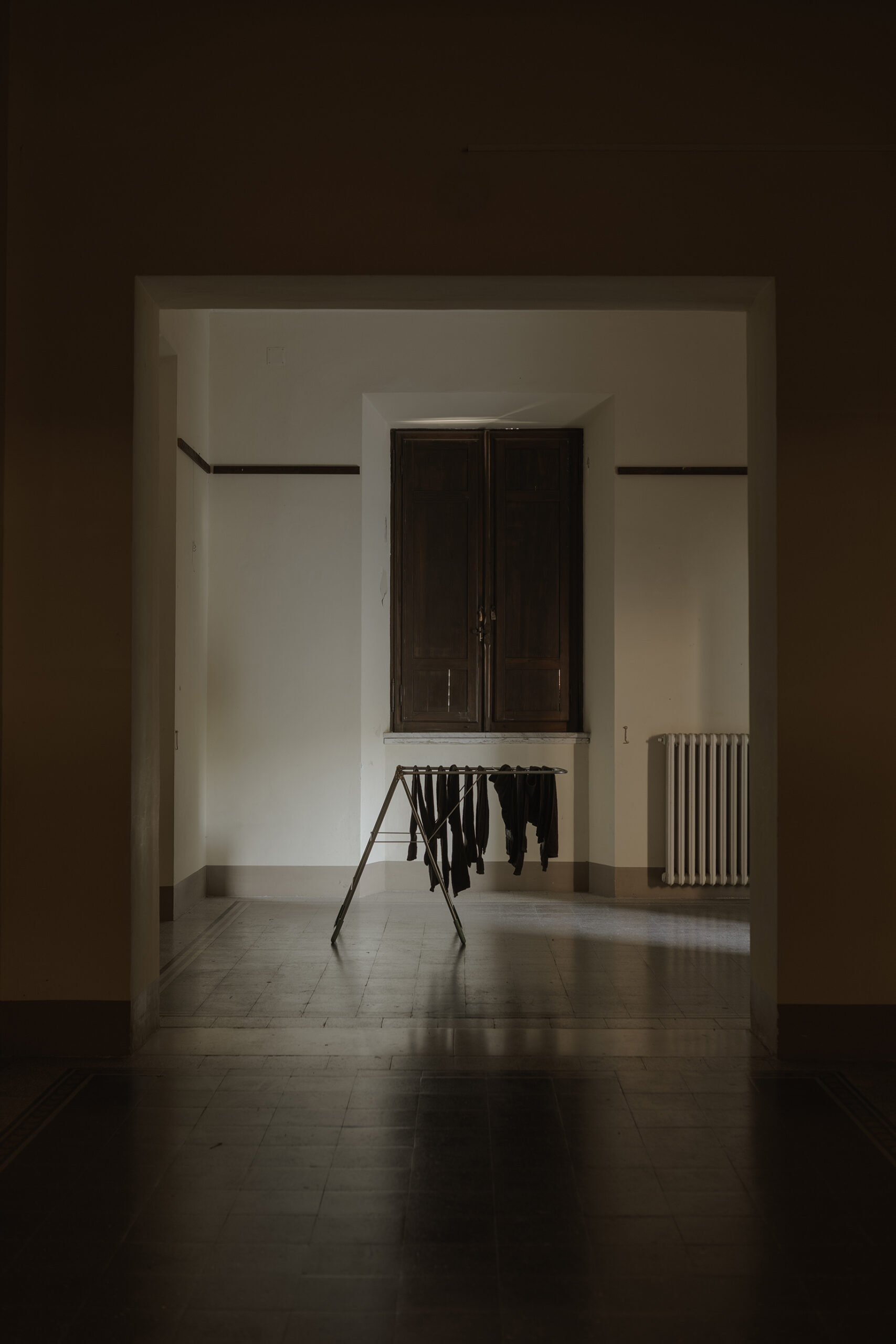
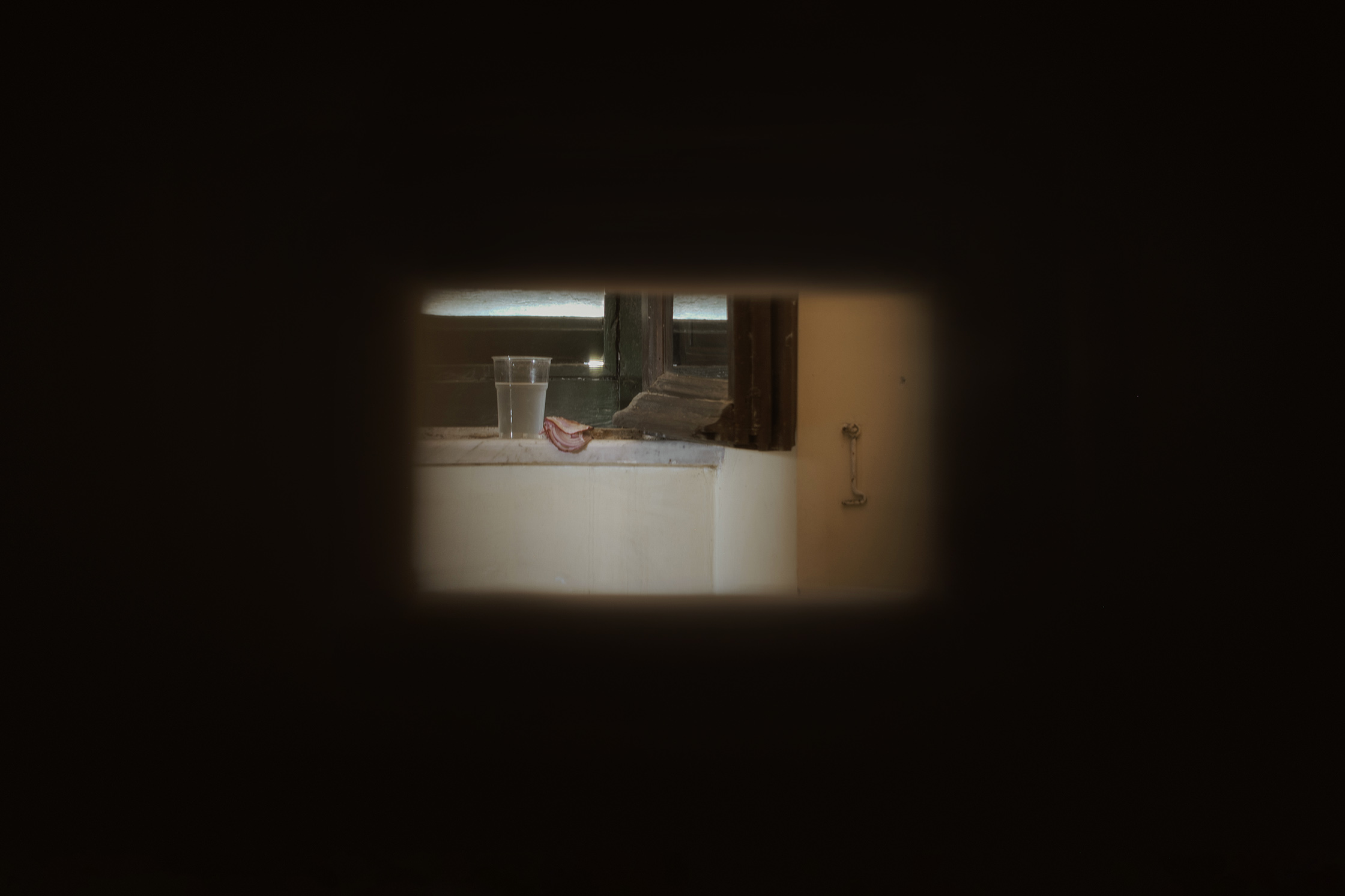
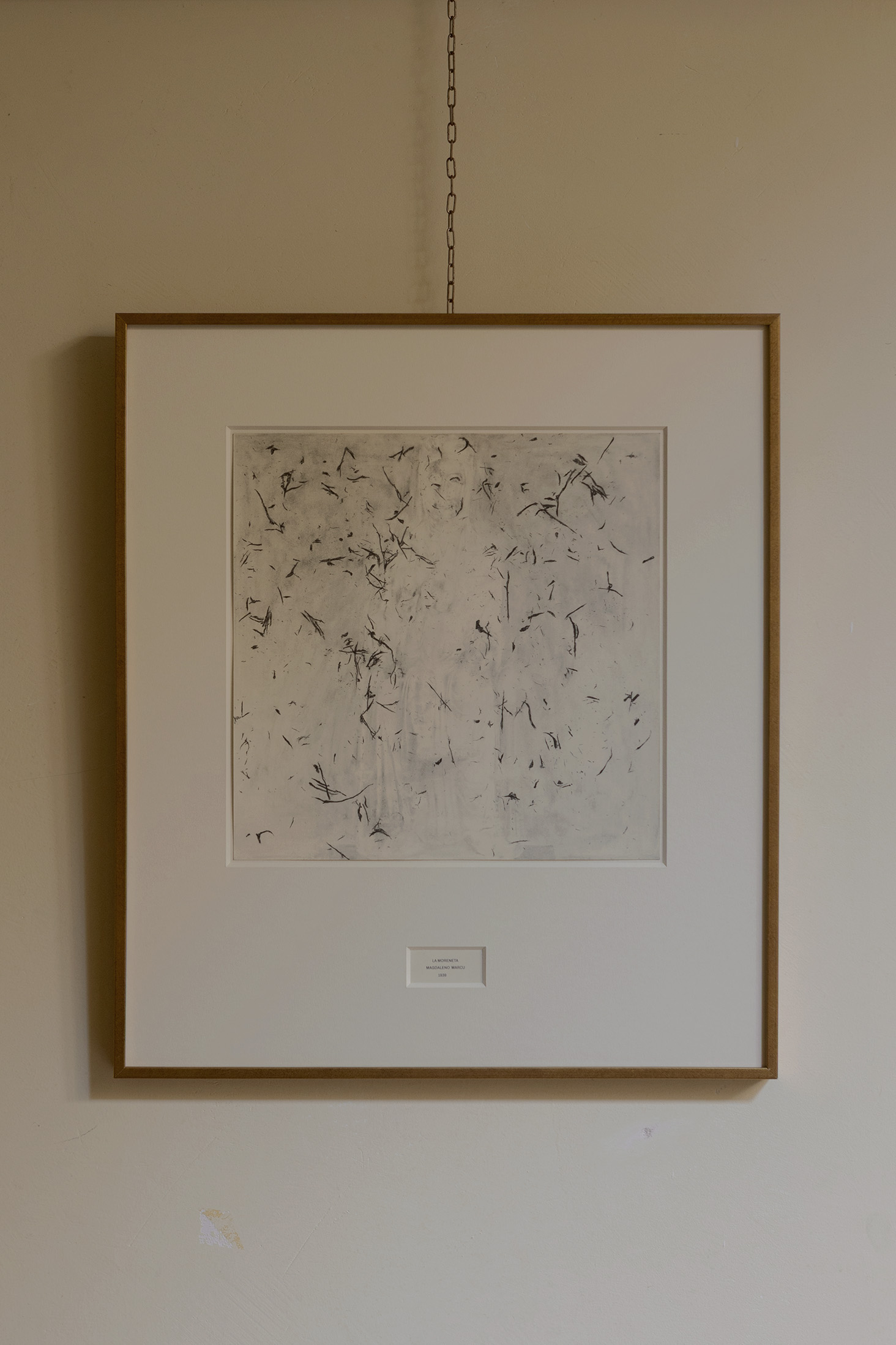
45th Pedaso Flat Red Onion Festival, a new project by Andrea Magnani curated by Matilde Galletti, unfolds as a performative environment — an architecture of gestures, clues, and presences — extending from the garden into the decaying interiors of an early 20th-century seaside villa. Here, every element is poised on an unstable threshold, constantly teetering between reality and representation. The intervention moves along the axes of visual art, performance, and expanded choreography, giving shape to a suspended condition — a fragile sense of being.
The title deliberately adopts the popular lexicon of local village festivals, yet conceals a critical stance that unhinges narrative conventions and questions the automatic adherence to what is perceived as real. The project originates from a sensorial childhood memory of the artist: summer festivals perceived from a distance, overheard from the balcony at night as light, spectral presences — distant orchestras filling the warm air.
From this affective suggestion, a narrative construction takes shape, echoing the historic and media aura of The War of the Worlds, the 1938 radio broadcast by Orson Welles that, by simulating an alien invasion, caused widespread panic among its listeners. In a similar way, Magnani activates a fictional but plausible device, scattered with shifts, fractures, and perceptual anomalies. The exhibition does not simply evoke the false — it builds an alternative, layered reality, asking the viewer to question what they see and what they think they know.
Installed across the villa’s interiors and garden, the exhibition takes the form of a post-event — or perhaps an event that never happened, or has yet to happen. Café tables abandoned on a stage, printed placemats from the supposed event, soup bowls emerging from a half-open window. Artworks that are also props — fake ready-mades entirely crafted by the artist, yet conceived to resemble accidental finds — reassemble, like a space-time glitch, the suspended and familiar atmosphere of village fêtes.
Upstairs, fragments and apparitions from an indeterminate time begin to surface: remnants of past exhibitions, traces of presences, forgotten drawings, and relics left by some of the artist’s alter egos. The villa appears to be traversed by a multiple, unstable memory. The environment concludes with a wooden wall that blocks access to an unseen room. From behind it, the ghostly sound of an accordion drifts outward — it is from here that the entire environment begins to breathe as a performative device. Andrea Magnani thus invites the viewer to refine their gaze and to read beneath the surface.


